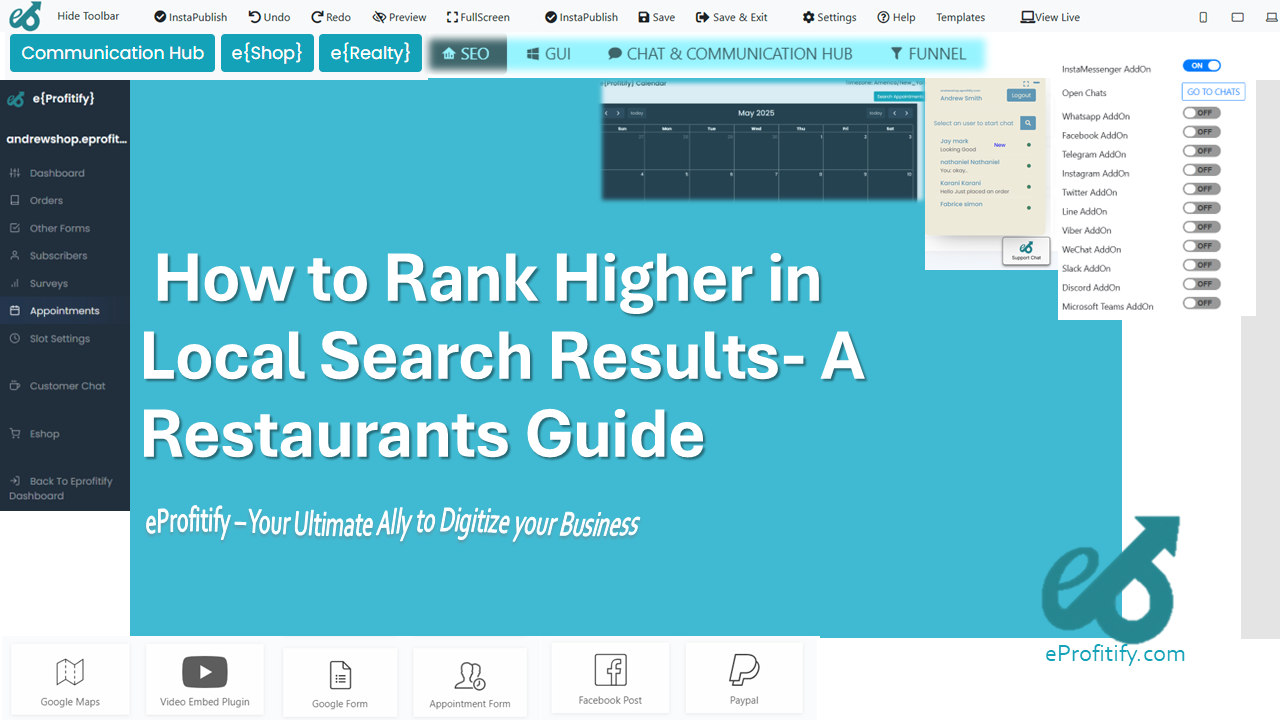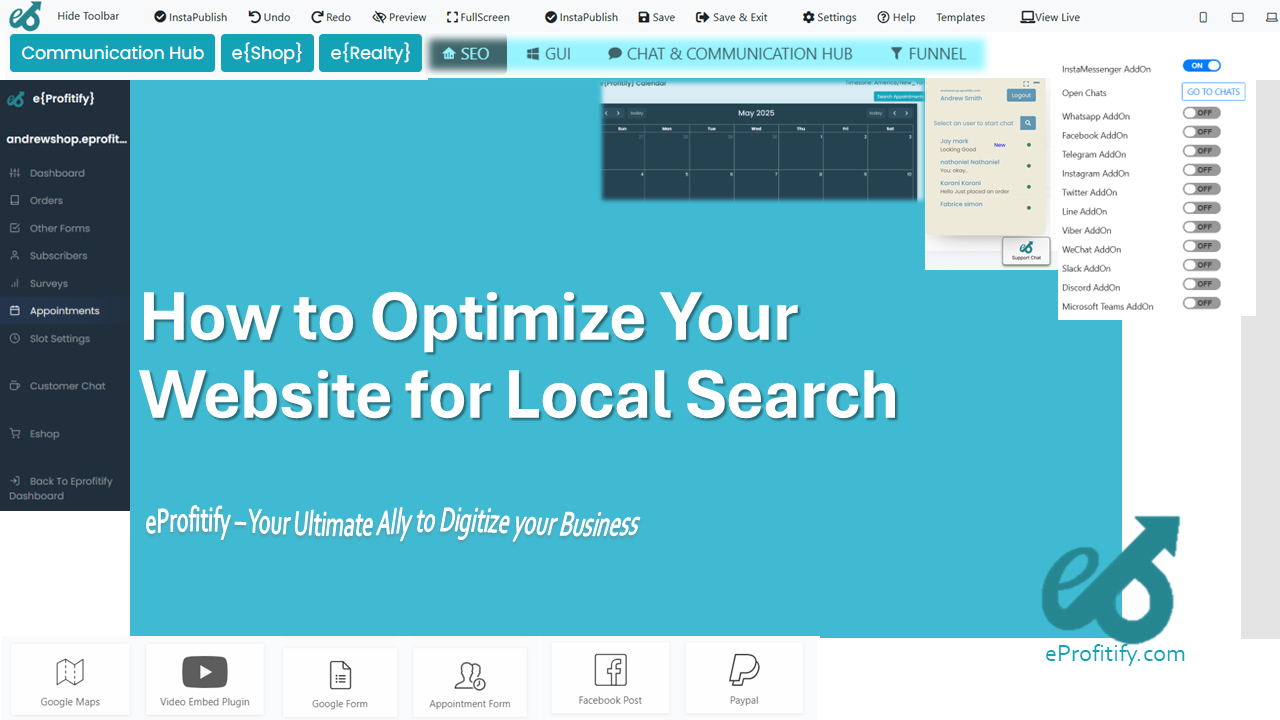How to Use Storytelling to Connect with Your Restaurants Audience
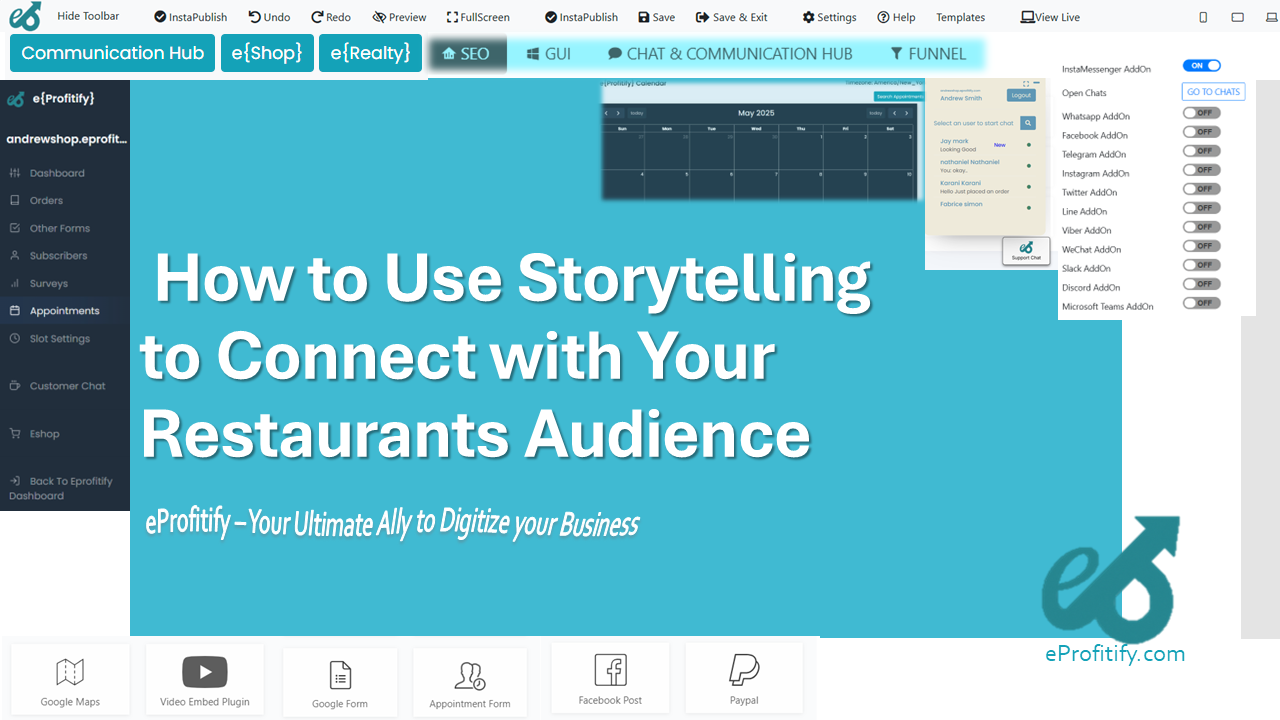
How to Use Storytelling to Connect with Your Restaurant’s Audience
The restaurant industry thrives on emotion. Diners don’t just crave food—they crave experiences, connections, and memories. In an increasingly competitive market, storytelling has emerged as a powerful tool for restaurants to differentiate themselves, build loyalty, and deepen relationships with guests. A well-crafted story can evoke emotion, foster trust, and turn casual visitors into lifelong advocates.
According to a 2022 survey by OneSpot, 55% of consumers are more likely to support brands that share relatable stories, while 70% say they feel more connected to businesses whose values align with their own. For restaurants, which are inherently tied to culture, tradition, and community, storytelling isn’t just a marketing tactic—it’s a necessity.
In this guide, we’ll explore how restaurants can leverage storytelling to captivate their audience and highlight how tools like eProfitify, a leading website publishing and management platform, can streamline operations while amplifying your narrative.
1. Craft a Compelling Origin Story
Every restaurant has a story. Whether it’s a family recipe passed down for generations, a chef’s journey from adversity to success, or a mission to revolutionize local dining, your origin story is the foundation of your brand identity.
Why it works: Consumers connect with authenticity. A study by Headstream found that 65% of respondents would become loyal to a brand if they loved its story. For example, the farm-to-table movement has thrived because restaurants like Chipotle and Sweetgreen built narratives around sustainability, freshness, and ethical sourcing. Guests aren’t just buying a meal—they’re supporting a cause.
How to implement:
- Highlight your “why” on your website, menus, and social media.
- Use videos or blog posts to share behind-the-scenes stories of your chefs, suppliers, or founders.
- Platforms like eProfitify simplify storytelling through integrated blogging tools and SEO optimization, ensuring your content ranks well on search engines.
2. Use Visual Storytelling to Showcase Your Unique Value
Visual content is 40 times more likely to be shared on social media than text (HubSpot). For restaurants, this means high-quality photos of dishes, videos of meal preparation, or tours of your kitchen can engage audiences instantly.
Statistics:
- 65% of people are visual learners (Social Media Today).
- Posts with videos generate 48% more views (Twitter Business).
How to implement:
- Create short Instagram Reels or TikTok videos showing how signature dishes are made.
- Share Instagram Stories featuring staff introductions or customer interactions.
- Use eProfitify’s ecommerce tools to sell branded merchandise (e.g., aprons, sauces) alongside visual storytelling campaigns.
3. Build Community Through Local Partnerships
Storytelling extends beyond your restaurant’s walls. Partnering with local farmers, artists, or charities reinforces your commitment to the community and adds depth to your brand narrative.
Example: A pizzeria sourcing ingredients from nearby farms could host a “Meet the Farmer” night, sharing stories of their partners’ sustainability efforts. Tools like eProfitify’s appointment management system streamline event bookings, while its CRM tracks guest preferences for personalized follow-ups.
Statistic: According to Nielsen, 66% of consumers prefer buying from brands that support social or environmental causes.
4. Leverage Customer Testimonials as Stories
User-generated content (UGC) is a goldmine for storytelling. Encourage guests to share their experiences online, then repurpose these stories in your marketing.
Why it works:
- 92% of consumers trust peer recommendations over ads (Nielsen).
- A positive Yelp review or Instagram post acts as social proof, weaving your restaurant into a customer’s personal story.
How to implement:
- Create a hashtag for guests to use (e.g., #MyTacoNight).
- Embed UGC on your website using eProfitify’s dynamic content modules.
- Use instant messaging tools to thank customers for reviews and invite them back.
5. Use Technology to Amplify Your Narrative
Modern restaurants need more than great food—they need seamless operations to deliver consistent experiences. This is where eProfitify shines as an all-in-one platform designed to strengthen your storytelling efforts while managing day-to-day tasks.
Key Features:
- Instant Messaging: Engage guests in real-time for reservations, feedback, or promotions.
- Appointment Management: Host storytelling events (e.g., chef’s table dinners) with automated bookings.
- Ecommerce Integration: Sell meal kits or merchandise that extend your brand’s story.
- CRM Tools: Track customer preferences to tailor personalized stories (e.g., “We noticed you love oysters—join us for our seafood festival!”).
Statistic: Restaurants using automation tools like CRM systems see a 20–30% increase in customer retention (Forbes).
6. Celebrate Milestones and Traditions
Stories gain momentum when tied to milestones. Did your restaurant survive a tough pandemic year? Celebrate with a “Resilience Menu” featuring dishes that reflect your journey. Host annual events like anniversary parties or holiday pop-ups to create recurring narratives guests anticipate.
Example: Shake Shack’s “Stand for Something Good” campaign highlights milestones like sustainable packaging shifts, aligning their growth story with customer values.
Conclusion: Storytelling is the Secret Sauce
In a world saturated with dining options, storytelling helps your restaurant stand out by humanizing your brand. From sharing your origin to leveraging customer voices and technology, every interaction is an opportunity to connect.
Platforms like eProfitify empower restaurants to tell these stories efficiently, blending operational excellence with creative marketing. By integrating tools for messaging, CRM, and ecommerce, you can focus on what matters most—crafting unforgettable experiences that keep guests coming back.
As the restaurant industry evolves, one truth remains: People don’t just buy meals. They buy stories. What’s yours?
Statistics Sources: OneSpot, Nielsen, HubSpot, Social Media Today, Forbes.
Tools Mentioned: eProfitify (Instant Messaging, Appointment Management, Ecommerce, CRM).
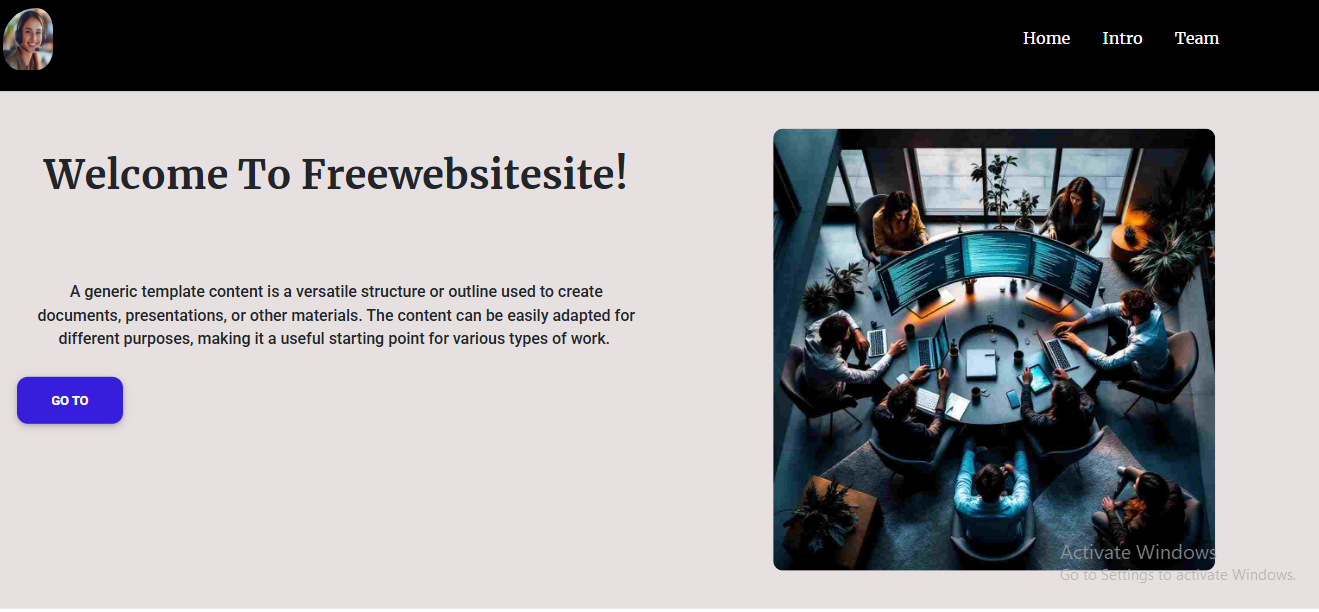



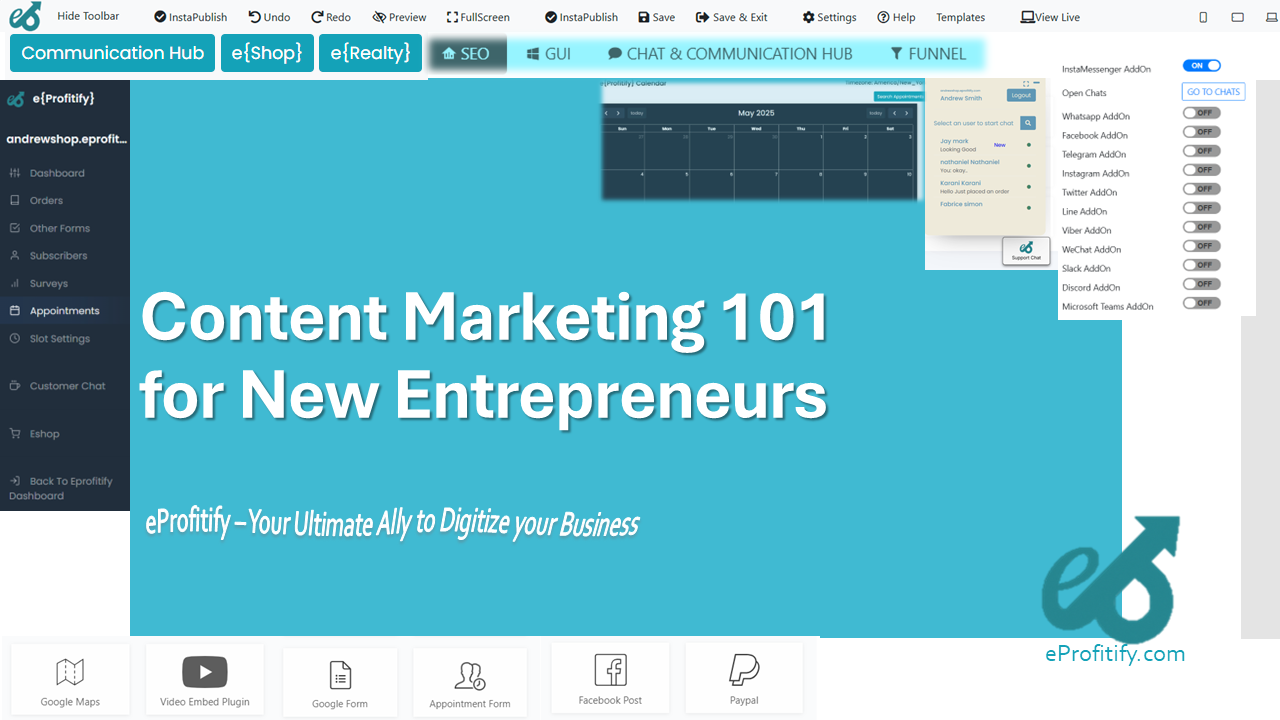

.png)
